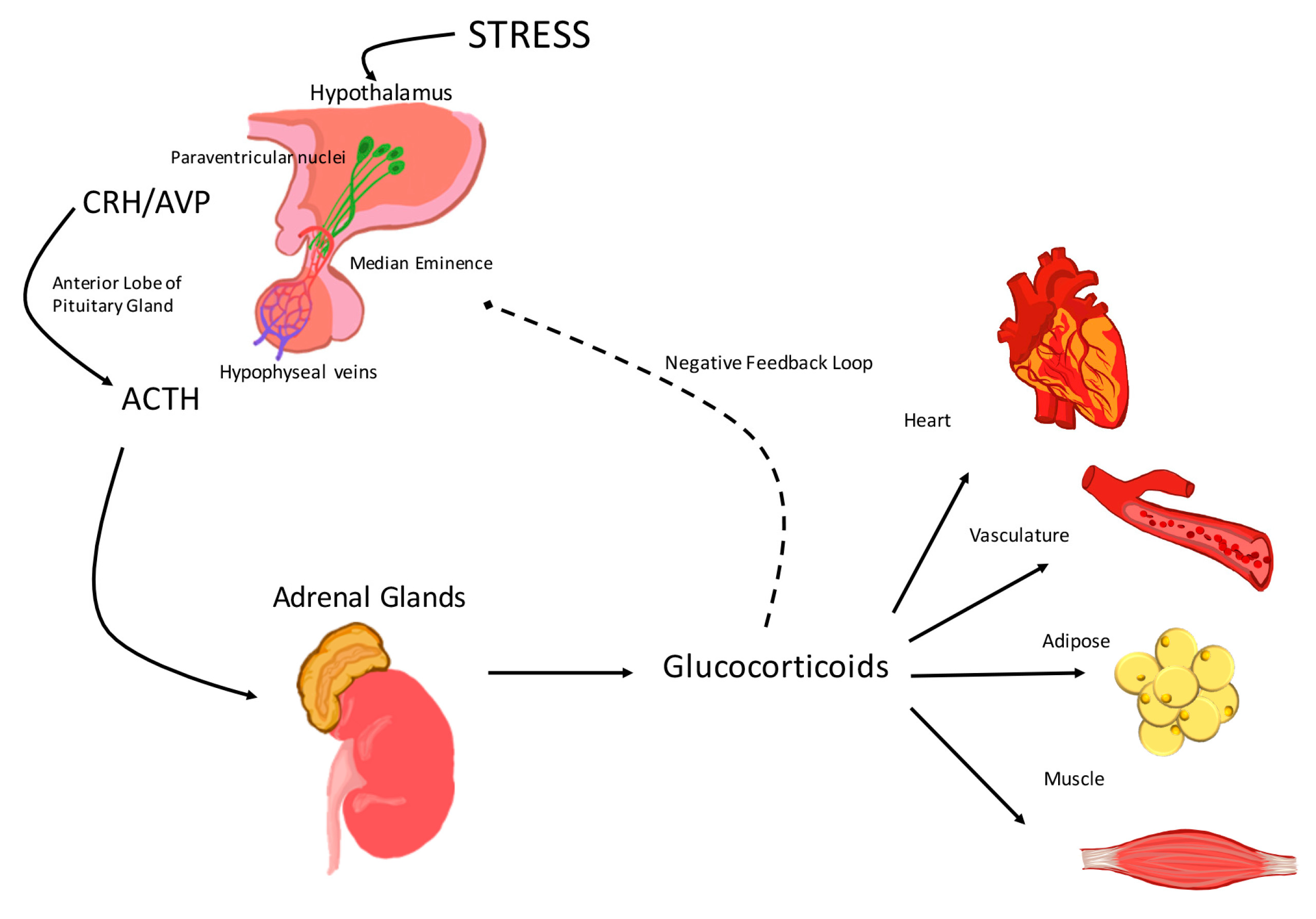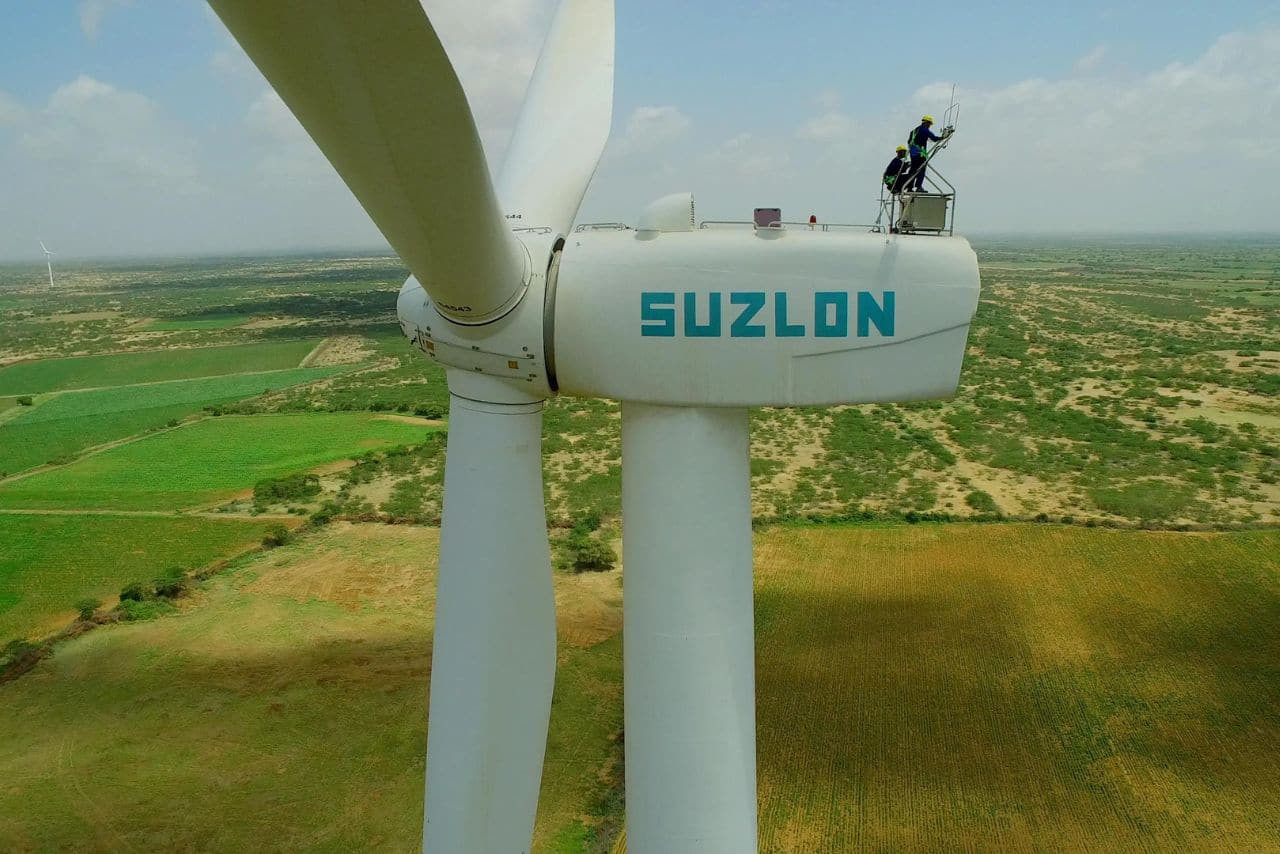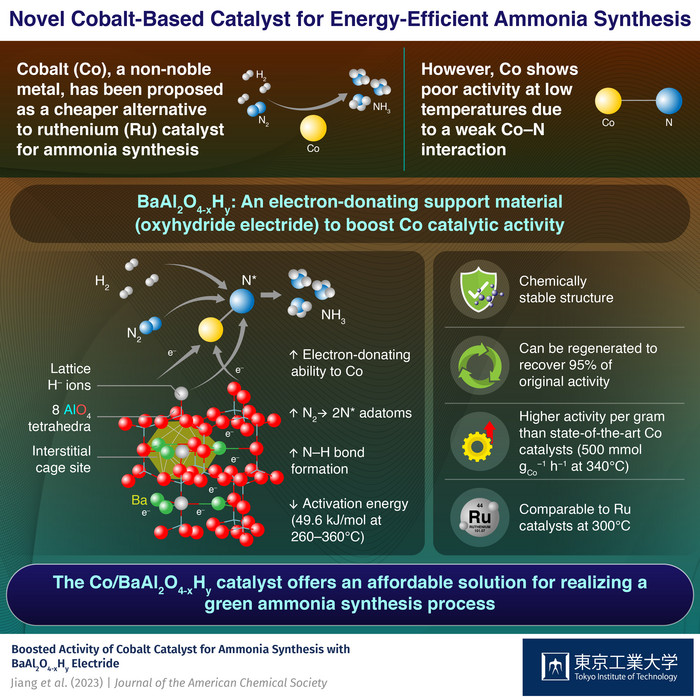The Urgent Need for CO2 Capture and Utilization
The global emissions of anthropogenic greenhouse gases have risen immensely during the past decades, with energy consumption from fossil fuel combustion being the main driver for around two-thirds of the total greenhouse gas emissions1. In 2022, the annual global greenhouse gas emissions from energy-related fossil fuel combustion and industrial processes reached 41.3 GtCO2-eq, where carbon dioxide (CO2) emissions accounted for 89% of the total emissions (36.8 GtCO2)2. However, the United Nations Climate Change Conference (COP28) declared the ‘beginning of the end’ of the fossil fuel era by the end of 20233. The adoption of a renewable-based energy infrastructure has accelerated in the last decade with renewable electricity generation constituting 7858 TWh in 20214. The transformation of the energy system towards heavy electrification has been envisioned as a significant factor in achieving carbon neutrality by 20505. However, the hard-to-abate sector, including heavy transport and industrial processes, relies heavily on chemical energy carriers with a high volumetric energy density and remains difficult to electrify and decarbonize6.
Conventional Carbon Capture and Its Challenges
Various post-combustion carbon capture technologies are currently available, with chemical scrubbing being the most mature technology relying on solvent-based absorption and desorption conducted on the scale of megaton CO2 captured annually7,8. Conventional CCU with amine scrubbing consists of multiple steps, including CO2 capture by solvent absorption, CO2 release by heat desorption, CO2 dehydration and compression for storage and transport, and long-term storage or utilization in various downstream chemical and biological processes.
Despite the many point sources of flue gas and a high potential for capturing CO2, conventional carbon capture with chemical scrubbing is attenuated by high energy penalties due to the dilute CO2 concentrations in flue gas, constituting up to 30% of the typical power plant output9. In conventional CO2 desorption from capture agents, the energy equivalent to the heat of absorption is added in a reboiler unit at the desorption column to induce the desorption and release of CO2. The typical thermal reboiler duty for the CO2 desorption column is 3.5–4.0 GJ t−1CO210,11,12. Substantial research is therefore directed toward reducing the reboiler duty by modifying the capture agents and using blends that comprise capture agents with additives. Activators enhance the absorption and desorption kinetics and chemicals minimize the oxidative and thermal degradative behaviors13. The reboiler duty can furthermore be reduced by optimizing the desorption process parameters, such as adjusting operating pressures in the desorption unit and regulating reboiler temperatures14. Hence, multiple pilot-scale studies have demonstrated routes for reducing the reboiler duty of the desorption unit to a range of 1.9–3.6 GJ t−1CO215,16,17.
The High Energy Penalties of Conventional CCU
The high energy penalties associated with conventional carbon capture stem from several factors:
-
Desorption: Reversing the chemical bond between the capture agent and CO2 requires significant heat energy, often representing a substantial portion of the overall energy cost.
-
Purification and Transport: After desorption, CO2 must be purified, dehydrated, and compressed, adding further energy consumption.
-
Storage and Utilization: The captured CO2 often needs to be transported and stored, incurring additional energy and infrastructure costs.
These energy penalties make conventional CCU less economically attractive, hampering its widespread adoption.
Bio-Integrated Carbon Capture and Utilization (BICCU): A New Paradigm
This Perspective unfolds a concept for ICCU with simultaneous desorption and conversion of CO2 to CH4 based entirely on a microbiological driving force that enables biomethanation to be applied to dilute flue gases. Using methanogens for ICCU will ultimately alleviate the energy penalties and thermal degradation of the capture agent related to conventional carbon capture while reducing the number of process units required for CCU. This CO2 transformation route of bio-integrated carbon capture and utilization (BICCU) is currently demonstrated at a low Technology Readiness Level (TRL), but the concept, challenges, and prospects are presented here.
How BICCU Works: Harnessing the Power of Methanogens
The BICCU process captures the CO2 in an absorption column similar to the conventional CCU process but eliminates the demand for utilizing heat as a driving force for CO2 desorption. Instead, the proposed BICCU process relies on the biochemistry of anaerobic respiration of hydrogen- (H2) and CO2-consuming microorganisms—in this case, hydrogenotrophic methanogens. The microorganisms’ inherent enzymatic activity catalyzes the simultaneous desorption and conversion of CO2 into CH4 at ambient pressure and either mesophilic (20–45 °C) or thermophilic temperatures (45–60 °C). The result is a technology that makes CCU work with the CO2 gradient instead of against it by utilizing methanogens to maintain the gradient. The reducing equivalent for desorbing the CO2 from the capture agent and converting it into CH4 is H2 produced from water electrolysis with renewable electricity, thereby classifying it as a PtX technology. The biological desorption of CO2 regenerates the capture agents for recycling back to the absorption column for further carbon capture. Initial studies have benchmarked the performance and robustness of methanogenic microorganisms for the BICCU process by capturing raw flue gas from a biogas engine and converting it into CH437,38. Several unit operations associated with CO2 desorption, conditioning, storage, and transport can be eliminated when applying simultaneous biological desorption and conversion. The resulting energy savings for the BICCU system with a capture unit, bioreactor unit, and electrolyzer unit will be ~3.6 GJ t-1CO2 corresponding to a 17–29% energy saving compared to the conventional CCU technology depending on whether the upstream energy balance for H2 production is included in the energy balance38 (Fig. 1).
The Key Players in BICCU:
-
Methanogens: These microorganisms are the workhorses of BICCU. They convert CO2 and hydrogen into methane, driving the desorption of CO2 from the capture agent.
-
Capture Agents: These chemicals selectively bind to CO2, capturing it from flue gases or other industrial sources.
-
Renewable Hydrogen: BICCU utilizes hydrogen produced through electrolysis powered by renewable sources, ensuring a clean energy source for the conversion process.
Advantages of BICCU: A More Efficient and Sustainable Approach
The BICCU process offers several key advantages over conventional carbon capture:
-
Reduced Energy Penalties: BICCU significantly reduces energy consumption by eliminating the need for heat-based desorption. The energy required for CO2 desorption is supplied by the exothermic biomethanation process, leading to significant energy savings.
-
Lower Operating Costs: The simplified process with fewer unit operations results in lower capital and operating costs compared to conventional CCU.
-
Higher Efficiency: BICCU enables high CO2 conversion rates and higher overall process efficiency.
-
Reduced Environmental Impact: BICCU reduces the environmental footprint by eliminating the need for high-temperature desorption, which can lead to amine degradation and the formation of harmful byproducts.
-
Scalability and Versatility: BICCU is adaptable to different industrial settings and can be scaled up for large-scale CO2 capture and utilization.
The Future of BICCU: Challenges and Opportunities
While BICCU holds immense potential, several challenges need to be addressed before it can be widely adopted.
-
Optimization of Capture Agents and Microorganisms: Selecting capture agents that are compatible with methanogens and finding robust microorganisms that can efficiently strip CO2 from the capture agent are crucial.
-
Improving Microorganism Stability: Methanogens can be sensitive to various factors, including pH, temperature, and contaminants. Research is needed to enhance their stability and resilience in the BICCU process.
-
Scaling Up the Technology: Moving from lab-scale experiments to industrial-scale implementations requires extensive research and development.
A Promising Future for Carbon Neutralization
BICCU represents a significant advancement in carbon capture and utilization, offering a more efficient and sustainable approach to tackling CO2 emissions. Its potential to contribute to a cleaner and more sustainable future is enormous. As research and development progress, BICCU has the potential to become a critical technology in the transition to a carbon-neutral world.
The Last Word: A New Era of Carbon Capture
The BICCU technology concept holds the potential to become a viable and sustainable system that exploits the CCU and PtX approach envisioned for future energy systems. The combined bio-mediated desorption and conversion of the CO2 eliminates the desorption unit, downstream CO2 processing for storage and transport, and consecutive processing for utilization, resulting in a simplified process and energy savings in the range of 17–29%38. Furthermore, the reduction of the temperature from 120–140 °C in the thermal desorption to 30–60 °C in the bioreactor would potentially impede the thermal and oxidative degradation of the amine, thus improving the environmental impact of the process. However, regardless of the concept’s potential, the development and integration of this biomethanation-derived technology face a critical challenge when full capture and utilization of industrial CO2 flue gas streams are targeted. The efficiency of the amine scrubbing is limited to the CO2 loading capacity in the liquid capture agent, which is regulated by the capture agent concentration. Therefore, considerable biological and technical optimization is still necessary to achieve an industrially relevant technology. Critical elements of future research include (1) identifying absorbents with higher methanogenic biocompatibility at elevated capture agent concentrations and (2) identifying the right microorganisms capable of stripping the CO2 from the capture agents. Furthermore, developing a combined CCU and PtX technology concept relies on expanding the PtX infrastructure to supply H2 from renewable sources to ensure that the CO2 emissions for the overall process are kept at a minimum. As low-emission H2 production projects are increasing globally97, it seems plausible to rely on renewable H2 as a reducing equivalent for neutralizing and utilizing the CO2 emissions from flue gasses.
In conclusion, BICCU is a promising technology concept for negating energy penalties in CO2 capture, as the thermal desorption unit is replaced by a bioreactor that serves as a multifunctional reactor for the simultaneous release and conversion of the captured CO2 to CH4 by hydrogenotrophic methanogens. To further advance the technology, future research should be directed toward identifying biocompatible capture agents and robust microorganisms as many traditional capture agents have inhibitory effects on the microbiome.

















